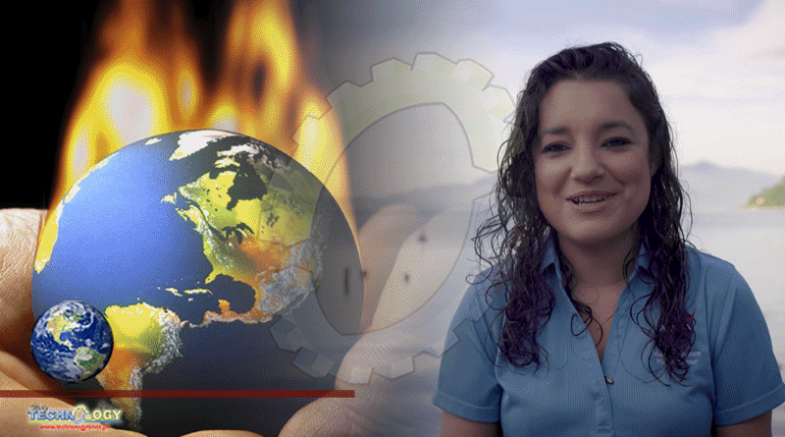Environmental Monitoring, To Use Satellite Imagery For A Range Of Different Applications But Particularly To Identify Land Cover Change…

And monitoring for water quality, Some scientists look at miniature worlds through microscopes, and some take a larger view by looking at Earth from space. Africa Flores-Anderson is one of the latter: a National Geographic Explorer originally from Guatemala, she works for SERVIR, a collaboration between NASA and USAID that monitors our planet from satellite images, and is just starting a PhD in Renewable Resources at McGill University. One of her active research projects is studying the impact of algal blooms on the water quality of Lake Atitlán in Guatemala. She talked with Massive about her science passions, the different types of satellites she relies on, and how remotely-sensed images can fundamentally change how we see the world.
Cassie Freund: So, I gather that you look at Earth from space for a living. Can you tell me a little bit more about that? Africa Flores-Anderson: We use satellite imagery to understand our planet. I focus on environmental monitoring, to use satellite imagery for a range of different applications but particularly to identify land cover change and monitoring for water quality. And that’s where I had been focusing a lot, using satellite data to monitor water quality in Lake Atitlán.
There [are] two main sources of satellite information. One is passive. So what the sensor is recording is either the energy that is being reflected from the sun back to the sensor, or the energy that is being emitted by the body that we’re looking at. So, in short the sensor doesn’t have its own source of energy, it is just measuring what it’s getting, what is being reflected or what is being emitted. The other type of satellite data is active remote sensing, when the sensor emits its own source of energy. LiDAR, Light Detection and Ranging, goes into that and Synthetic Aperture Radar (SAR) also fits into that category.
It’s amazing how research has changed since the dawn of all of this technology. What are your thoughts on that? Well, I think that we are in a unique era for using satellite data. Even when I started to work with them, which was like in 2006, we didn’t have freely available satellite images. Landsat was already there, but it wasn’t freely available. It became freely available in 2008 and I think that that completely changed how we are able to use this type of data for decision making. Because Landsat became free, that opened everything for other missions to release their data, to also make the data freely available. Now every year that passes I feel like we have more sensors, more data that is available. And not only passive [data], but also active, with the European Space Agency also releasing Sentinel 2 which is optical and Sentinel 1 which is synthetic aperture radar. We never had that before. I think that the future only looks brighter in terms of the data that is available because there are more missions that are being prepared and launched. And I think that now, you know, in the past you just [made] do with one image, because it was hard to get one image. At first maybe you had to buy it and the computer resources that you needed to process it. And we are not only making data more accessible by making it freely available, but also the computer capacity has improved and increased and so we can work with more than one image. Now we can make temporal analyses and look at changes from image to image, compared to just looking at one image at a time.
So it is completely different, what we can do now [compared to] what we could do in the past. And it just looks better in terms of everything because now we can look at different components, different characteristics of the same spot.
This news was originally published at Science Friday
